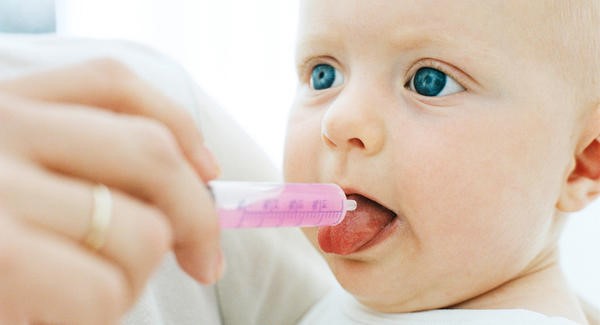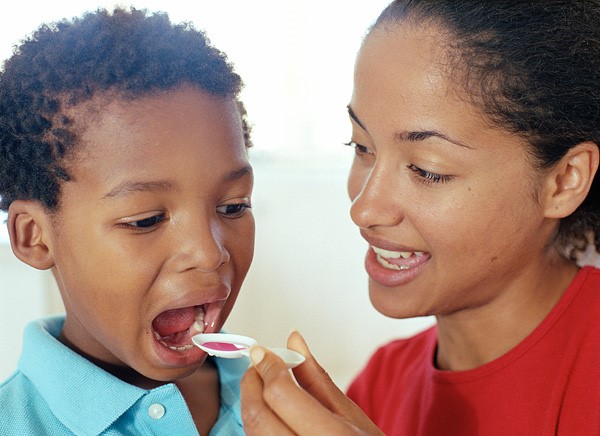The healthcare of children as every physician knows is very different from that of adults, while the world sees children as miniature versions of adults, in medical practice, there is a certain complexity that is associated with the anatomy, physiology, and pathology of children that is very different from that of adults.
While the emphasis of treatment in adults is measured in the accuracy of the doses of prescribing medications that of children is measured on the precision of treatment, hence there is a big difference in the management of children who are barely 1kg apart in weight, and some children can be about the same age and weigh differently, therefore, requiring different doses of the same medication whether it be drugs, intravenous fluids or blood transfusion.
In Africa and developing countries due to the underdeveloped nature of the Healthcare system, National Health Insurance Schemes are primordial levels of development, the attainment of universal health care is far-fetched and children are the worst impacted.
Unfortunately when mothers and caregivers visit the hospitals for treatment of a particular illness and medications are prescribed and the child recovers , if the same child has similar symptoms the next month, the mother who has held on to the used packaging of the previously prescribed medications goes to a local chemist or pharmacy to repeat the same prescription for an illness which she believes has similar symptoms either to avoid the cost of Investigations, consultations and other fees which the hospital may charge.
The mother or caregiver forgets that the child has since increased in weight and so the repeating the same drugs at the previous dosage prescribed is suboptimal to the child and may result in a cascade of complications which may endanger the health of the child which may include
- The development of Resistant strains of viruses, bacteria, and protozoa: In these days of self-prescription of medications, there is an increasing rate of development of resistant strains of Malaria, Typhoid and other parasitic infections as a result of under-dosage, lack of completion of medications and abuse. This results in thousands of children in Africa and developing world dying from complications of easily preventable illnesses and increasing the cost of treatment, hospital admissions, morbidities, and mortalities as a result of this resistant strains of pathogens.
- The spread of these Resistant strains: Especially for infectious illnesses, these strains can be passed on from one child to another and can cause an epidemic of resistant bacteria and protozoa requiring a tertiary level of care and increasing exponentially the cost of treatment and the disease burden.
- Increasing the time lag for the access of care for the child: Most times when children start manifesting symptoms of illness, using the wrong medications can keep the pathogen in a state of rapid multiplication while the child may seem better, by the time the illness re-manifest, you are now dealing with severe forms of the illness. This is typically seen by in a notorious habit of mothers/ caregivers resulting in the use of analgesics for fever. If the offending pathogen is that causing Malaria or bacteria, the fever is a sign that the pathogen is actively multiplying and releasing toxins into the bloodstream, when analgesics and antipyretics are used, the fever abates but the microorganisms are still present and actively multiplying and by the time, the fever is back, the pathogens have multiplied tenfold, resulting in sometimes overwhelming infections which may invariably lead to the death of the child.
Any doctor practicing in the region of the developing countries will agree that the common trend in the consulting rooms is that by the time mothers and presenting with very sick children they have been on all kinds of antibiotics, anti-malaria, antipyretic which have most times being underdosed or overdosed. This potentially causes significant damage to the organs such as the liver, kidney of these children whose developing organs are still sensitive to the toxic effect of the medications.
Worse still is the fact that some medications which should in no condition be used in combination because of the potent toxicity to the children and most times seen, as well as the use of banned medications, expired drugs and medications taking at adult doses are frequently occurring theme seen in consulting rooms in developing countries
So how do we solve the problem
- Mothers are usually advised to be minimalist in their intervention when children are seriously ill, the goal should be that of first aid if the child is an ill endeavor to ensure that that child sees a physician as soon as possible. Mothers can engage in interventions such as tepid sponging and exposing for children with high fevers, with the goal of ensuring that a physician sees the child as soon as possible.
- Development of regulations involving the sale of medications without doctors’ prescriptions to prevent abuse of medications.
- Strengthening the National regulations on Health Care and Healthcare reforms to ensure that children have easy access to healthcare.
- Massive health education on the dangers of self-prescription and the effect on increasing disease burden in the society

In conclusion a concerted effort by health care practitioners, institutions, government, and the family is necessary to reduce the deaths associated with children, the developing world accounts for 70% of child mortality due to poor health-seeking behavior and health education, self-prescription to avoid costs, health care practitioner mortgaging the health of child for financial benefits in chemists and pharmacies, insensitive healthcare systems and lack of political will and government policies. All poor child mortality indices which plague the developing countries.
By – Dr. Ezie Patrick C
Founding Chair; Junior Doctors of Africa, World Medical Association




